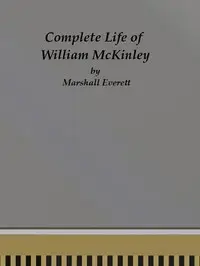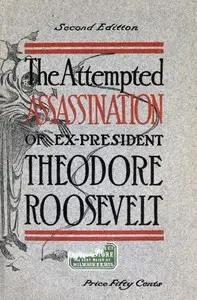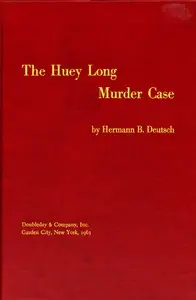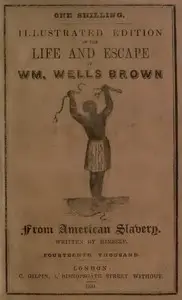"The Life, Crime, and Capture of John Wilkes Booth" by George Alfred Townsend is a late 1800s historical story that focuses on the assassination of President Abraham Lincoln by John Wilkes Booth. The story goes into Booth's life, the plan behind the assassination, and what happened to the people who helped him. The story starts in Washington, D.C., on April 14 when Booth, who is described as a fancy actor, gets ready to commit the awful act at Ford's Theater. The story goes into detail about Booth's careful plan, including what he did and who he talked to before the assassination. The author is able to show what it was like at the theater, how excited the audience was, and the exact moment when Booth killed the president, using lots of detail to paint a vivid picture. This start to the story not only creates dramatic tension but also starts to show Booth's personality and explain the seriousness of his crime against a well-loved leader.

The Life, Crime, and Capture of John Wilkes Booth
By George Alfred Townsend
In a nation's capital a plot unfolds, forever changing the course of history with one gunshot fired in a crowded theater.
Summary
About the AuthorGeorge Alfred Townsend was an American journalist and novelist who worked under the pen name Gath. He was one of the youngest war correspondents during the American Civil War. Over the course of his career he worked for multiple newspapers including the Philadelphia Inquirer, Philadelphia Press, New York Herald, New York World and Chicago Tribune. He became well known as Washington D.C. correspondent for the New York World and his coverage of the assassination of Abraham Lincoln. He turned his daily reports into a book, The Life, Crime, and Capture of John Wilkes Booth, published in 1865. In 1871, he established and edited the Washington D.C. newspaper the Capital along with Donn Piatt, but left the venture soon after its creation.
George Alfred Townsend was an American journalist and novelist who worked under the pen name Gath. He was one of the youngest war correspondents during the American Civil War. Over the course of his career he worked for multiple newspapers including the Philadelphia Inquirer, Philadelphia Press, New York Herald, New York World and Chicago Tribune. He became well known as Washington D.C. correspondent for the New York World and his coverage of the assassination of Abraham Lincoln. He turned his daily reports into a book, The Life, Crime, and Capture of John Wilkes Booth, published in 1865. In 1871, he established and edited the Washington D.C. newspaper the Capital along with Donn Piatt, but left the venture soon after its creation.


















